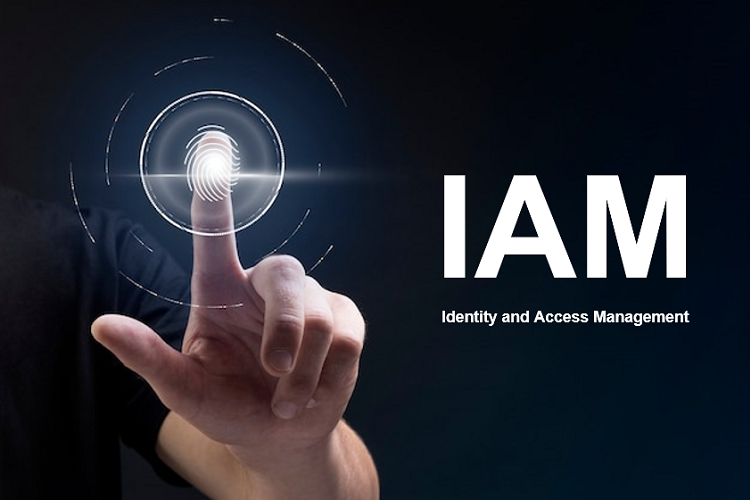IAM (identity and access management) guarantees that the proper users and job responsibilities in your business have access to the tools they need to execute their tasks. Identity and access management solutions let your company manage a variety of identities, including people, software, and hardware such as robots and Internet of Things devices.
Let’s get more into IAM (identity and access management) and what it exactly is.
What is IAM?
Gartner defines IAM as the discipline that allows the right people to access the right resources at the right time for the right reasons. This is a great definition as IAM refers to the tools and processes that enable IT managers to issue each entity a distinct digital identity, authenticate their access to certain resources, and track and manage those identities throughout their existence.
Identity management’s main purpose is to enable access to company assets that people and devices have rights to in a particular environment. Onboarding users and systems, permission authorizations, and timely offboarding of users and devices are all part of this process.
What are the benefits of IAM?
Getting rid of bad passwords
IAM solutions enforce best practices in credential management, effectively eliminating the possibility of users using default or weak passwords. They also make sure that individuals update their passwords periodically.
Insider threat mitigation
Insiders are causing an increasing number of data breaches. IAM (identity and access management) can help to prevent the harm caused by malevolent insiders by ensuring that people only have access to the systems they need and that privileges cannot be escalated without monitoring.
Advanced anomaly detection
Modern IAM systems go beyond simple credential management to identify and restrict abnormal behavior using technologies like machine learning, AI, and risk-based authentication.
Multi-factor authentication
Identity and access management best practices use iris scanning, fingerprint sensors, and facial recognition to enable businesses to have the ultimate security.
What are the different types of IAM?
Most businesses have three types of users with varied identification requirements: employees, business partners, and customers. Even if you use the same IAM (identity and access management) platform for all three, you’ll need to address each one differently.
Workforce identity
Workforce identity and access management, or employee IAM, is the use of identity and management capabilities to enable secure access to company resources to employees and other internal users such as partners. Workforce IAM tools assist companies in being more flexible, preventing data breaches, and adhering to privacy rules.
Customer identity
As the name indicates, customer identity and access management (CIAM) is all about your customers. It’s all about providing a consistent, safe experience across digital services and platforms by bringing the customer’s identity front and center, regardless of whether they’re interacting with you via mobile, online, or another channel.
B2B identity
B2B identity and access management solutions are specialist IAMs that handles authentication and authorization for companies with complicated and broad organizational architecture.
The future of IAM
COVID-19 has had a significant influence on practically every corporate activity, including identity and access management. Many businesses no longer have the expertise or resources in-house to successfully address the growing complexity of IAM concerns. This is why organizations will increasingly rely on IAM solutions to protect their interests and sensitive data from theft and breach.
Importantly, IAM (identity and access management) tools benefit from the latest in data and analytics capabilities, automation, and AI, assisting organizations in moving from reactive to proactive risk management and gaining increased efficiency via informed decision making.
They can also assist to create an always-on, zero-risk approach to IAM, moving away from relying on passwords and instead, bringing various types of authentication together at one and seamlessly for maximum security.
Conclusion
A major cybersecurity issue today is organizations’ inclination to depend on yesterday’s solutions based on yesterday’s circumstances. However, the world is evolving, becoming more flexible and interconnected.
User experience is important in today’s corporate world, yet security cannot be compromised. You can optimize both with the correct IAM solutions. They give you the protection you need without sacrificing usability or convenience. It’s not a question of “if,” but “when” you’ll implement IAM in your firm to function in a digital business environment.
Make sure to know your organization’s needs and strong and negative points to choose the best IAM solution possible.




